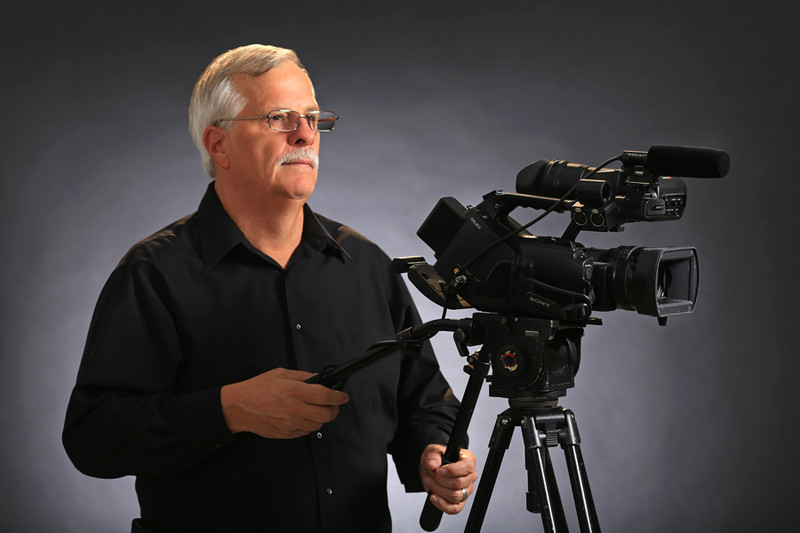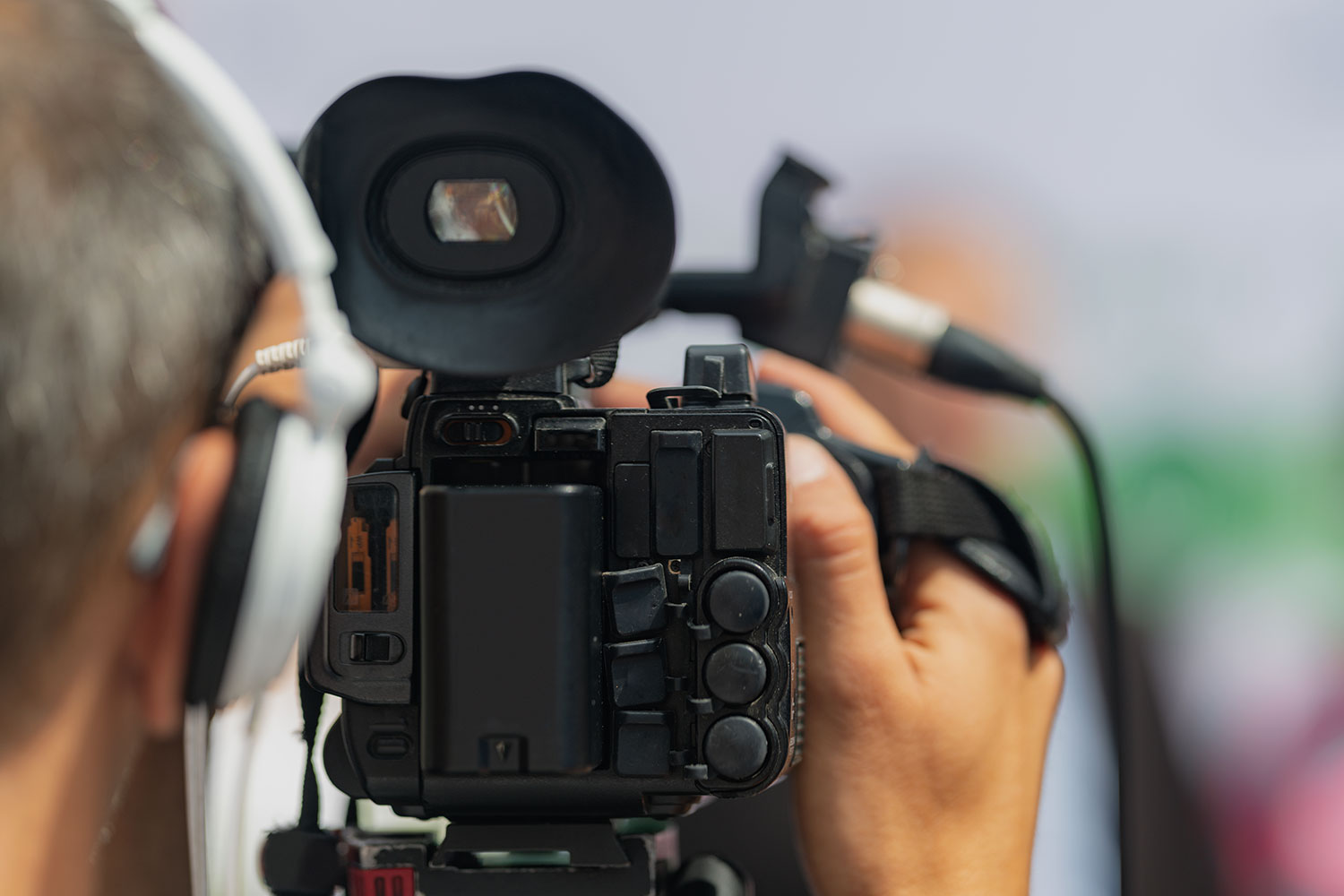The Role of Legal Videography in Protecting Legal Evidence
The Role of Legal Videography in Protecting Legal Evidence
Blog Article
Why Lawful Videography Is Critical for Accurate Court Recordings
The duty of legal videography in courtroom settings can not be overemphasized, as it acts as an essential device for protecting the integrity of court documents. By catching both spoken and non-verbal interaction, it enhances the clarity of witness testaments and shows the nuances of court room interactions. This comprehensive documents not only help in minimizing potential misunderstandings however also sustains appellate evaluations, thereby strengthening the judicial process. Nevertheless, the implications of integrating lawful videography into basic court room practices increase important concerns about its wider effect on the lawful system. What might these implications involve?
Relevance of Visual Evidence
In the world of legal proceedings, the relevance of aesthetic proof can not be overemphasized. Aesthetic evidence acts as a powerful device in developing facts, substantiating statements, and improving the total quality of an instance. This kind of proof, that includes photos, videos, and diagrams, can offer a concrete context that spoken summaries commonly do not have, therefore supplying courts and courts a more clear understanding of the scenarios bordering a situation.
Additionally, aesthetic evidence aids in the retention of information. Human cognition is naturally visual, and people are most likely to bear in mind and comprehend details offered in an aesthetic style. In the courtroom, this can be essential, as compelling visual proof can persuade opinions and reinforce the story offered by legal agents.
Furthermore, the use of visual evidence can decrease misconceptions and uncertainties that typically occur from spoken exchanges. By supplying a straight depiction of events, visual proof assists to get rid of subjective interpretations and cultivates a much more objective assessment of the truths. Consequently, the assimilation of visual evidence right into legal process not only strengthens the honesty of the judicial process but also boosts the probability of achieving a just outcome.
Recording Non-Verbal Hints
Making use of advanced videography strategies can considerably boost the capture of non-verbal hints throughout legal procedures. Non-verbal communication, consisting of faces, body movement, and eye call, plays a vital duty in communicating feelings and objectives that might not be clearly stated in verbal testament. legal videography. Legal videography utilizes high-def cams and strategic angles to make sure that these refined cues are tape-recorded with clearness and accuracy
The ability to evaluate non-verbal habits can give useful context to declarations made during court sessions. For instance, a witness's unwillingness or self-confidence can be analyzed through their position or gestures, potentially affecting the jury's understanding of credibility. The use of close-up shots can help concentrate on a speaker's expressions, allowing for a more nuanced understanding of the testimony.
Moreover, integrating multiple cam angles can develop a thorough sight of communications, highlighting dynamics between parties involved. This diverse method not only enhances the accuracy of the court document yet likewise aids in preserving the integrity of the judicial procedure - legal videography. Inevitably, capturing non-verbal cues via visit this website lawful videography promotes a richer, much more complete depiction of court procedures

Enhancing Testimony Integrity
The reliability of testament can be considerably strengthened with making use of top notch legal videography. Video clip recordings serve as an objective tool that captures not just the talked words of witnesses however additionally the nuances of their shipment, including tone, pacing, and emotional expressiveness. This complex documentation offers a more clear understanding of the witness's reliability and purposes, which can be pivotal in legal process.
Furthermore, legal videography decreases the potential for misconceptions that may emerge from written transcripts alone. When jurors can observe a witness's attitude and body language together with their statement, they are much better outfitted to assess the authenticity and dependability of the evidence provided. This visual context can strengthen the testimonial story, making it more compelling and trustworthy.
In addition, the visibility of a video recording can deter prospective incongruities in testament. Witnesses might be much more careful in their statements when they understand they are being videotaped, leading to more accurate and sincere accounts. On the whole, premium lawful videography boosts the honesty of testament, making certain that the court has accessibility to a full and genuine depiction of the truths as communicated by the witnesses.
Sustaining Appeals and Reviews
Legal videography plays a vital duty in sustaining charms and evaluations by offering an extensive visual record of court procedures. This visual documentation records not just the talked words of witnesses and attorneys but also the subtleties of body movement, tone of voice, and court room characteristics. Such aspects can be critical in understanding the context of testaments and debates provided.
In the appellate process, where the emphasis is on errors of regulation and procedural justness, a video clip record can act as an essential tool for appellate courts. It enables courts to examine the original test context, making sure that choices are based on a total understanding of the proceedings. The capacity to aesthetically evaluate the disposition of witnesses or the communications in between parties can disclose insights that composed records may overlook.

Additionally, legal videography can aid in clarifying obscurities in testimonies or procedural judgments, thereby reinforcing the basis for a charm. By supplying a trusted, objective account of what taken place in court, lawful videography not only sustains the integrity of the legal procedure yet likewise encourages all parties included to make enlightened choices regarding their situations.
Simplifying Courtroom Processes
Enhancing courtroom effectiveness, lawful videography simplifies procedures by providing prompt access to visual records of proceedings. This innovation enables courts, lawyers, and courts to review essential testament and proof, making certain that all celebrations have a clear understanding of the situation. By catching the subtleties of you can find out more spoken and non-verbal interaction, videography enhances the record, making it simpler to understand the context and weight of statements.

In addition, video clip recordings can assist in remote participation in hearings, permitting for higher adaptability in scheduling and participation, which is especially valuable in intricate cases including multiple stakeholders.
Final Thought
Finally, lawful videography plays an essential visit our website function in ensuring precise court recordings by providing necessary visual evidence that records both verbal and non-verbal communication. This technique improves the reliability of statements, sustains appellate reviews, and simplifies courtroom processes. By cultivating a comprehensive understanding of court characteristics, legal videography ultimately adds to more equitable judicial results, enhancing the integrity of the legal system and assisting in educated decision-making.
Report this page